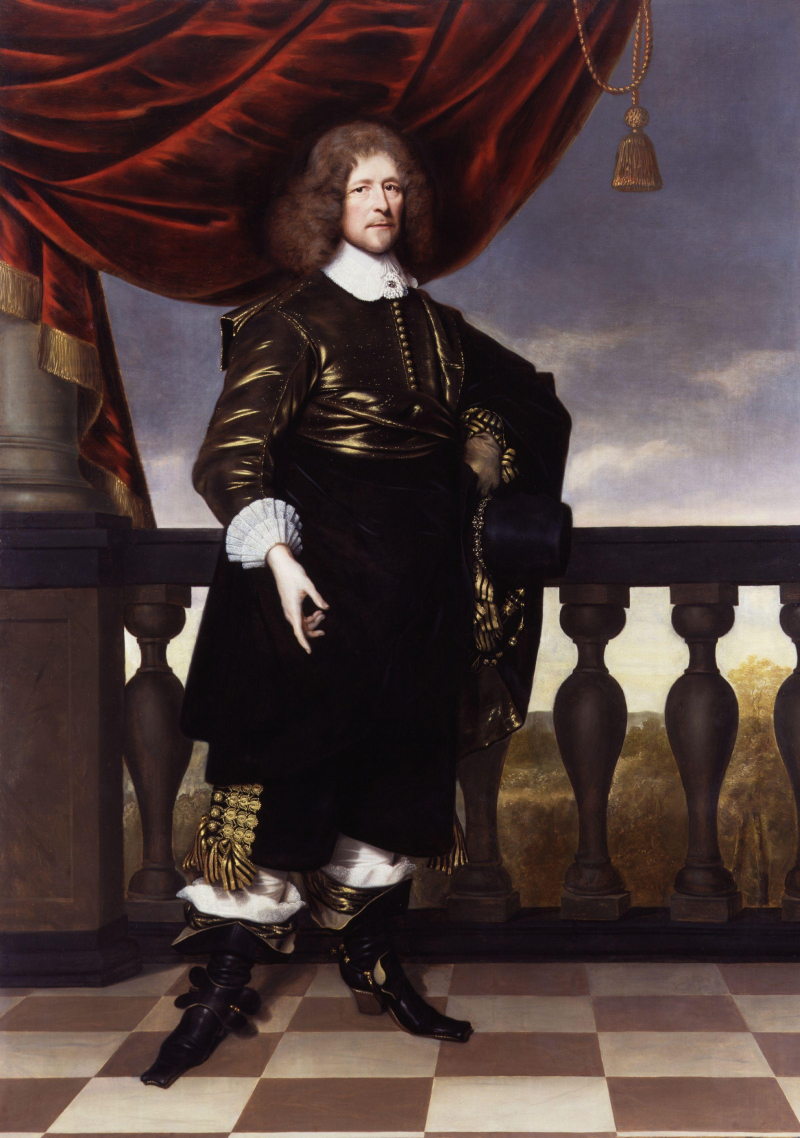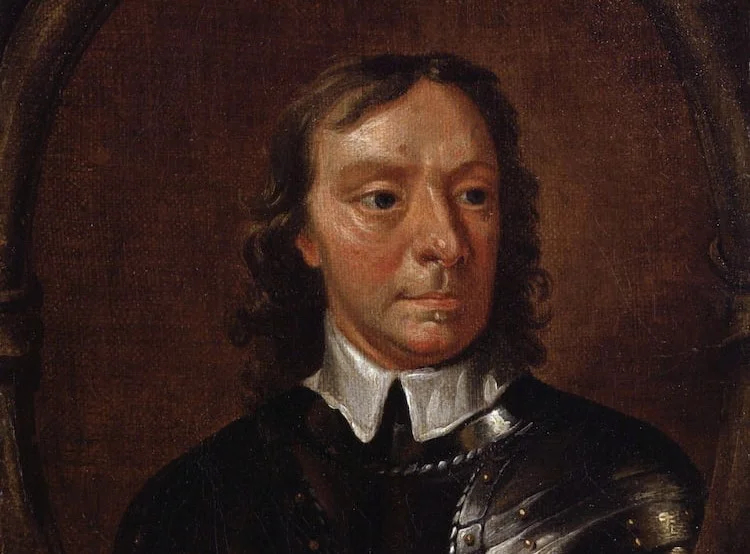He allowed freedom of worship
Both in practice and in theory, Cromwell was tolerant. This is demonstrated by his 1655 readmission of Jews to England and his 1653 religious settlement. A large, national Protestant church was established in that year and was funded by tithes and donors. Although there were supposed to be no bishops and Prayer books, the Church of England was not officially disestablished. However, compared to the post-Restoration church, this Cromwellian church, established by the Instrument of Government in 1653, had a higher proportion of clergy and laity. However, some clergy and laypeople consciously chose to remain outside the national church. The more extreme Protestant congregations, like Baptist and Quaker sects, were openly tolerated by Cromwell's government.
In practice, Cromwell's government openly collaborated with the continuation of separate Roman Catholic and Anglican churches, despite the Instrument of Government's prohibition on "Popery and Prelacy's" right to freedom of worship. The Anglican Prayer Book was widely used during Cromwell's reign, and English Catholics experienced greater tolerance than they had since Mary I's death in 1558. 51 Twenty-five Roman Catholics perished as martyrs under James I. Twenty-two Papists lost their lives for their faith during the 1640s period of increased tension. Only two Catholics were executed during the Interregnum, and Cromwell made an attempt to save Father John Southworth in 1654.










